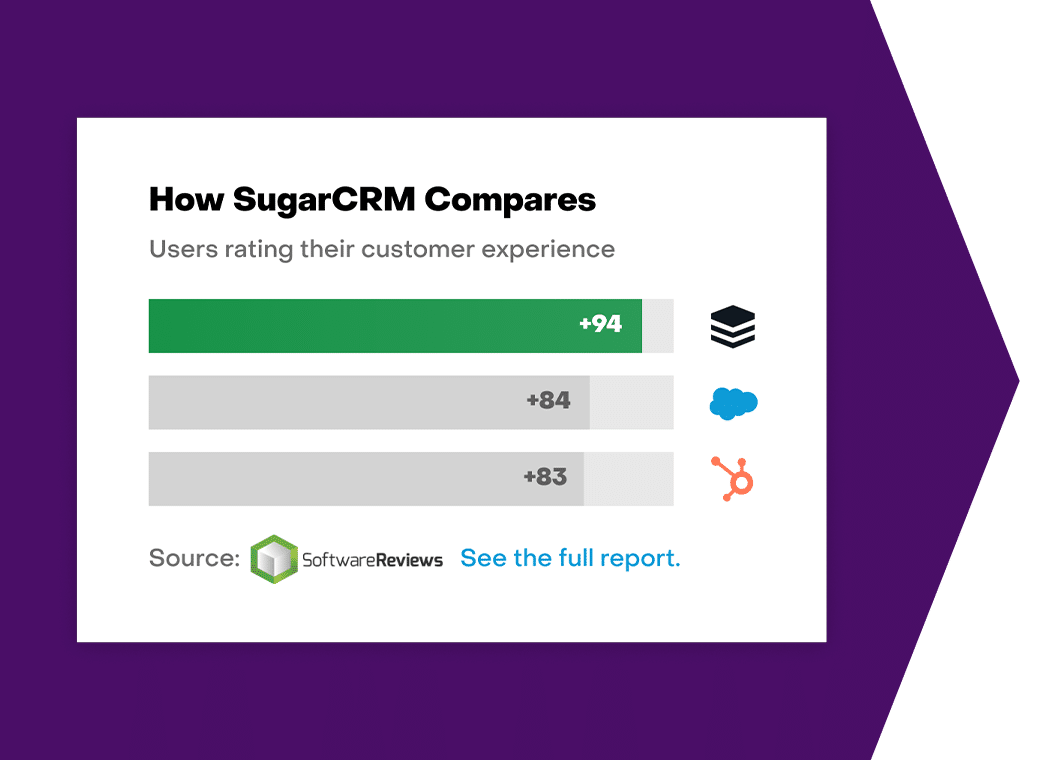Fuel Growth Podcast: Riding the Road to Sales Success
On this episode of the Fuel Growth podcast series, my co-host Clint and I got to sit down with Jim Ward, founder, and CEO of BrainSell, the growth enablement company helping other companies of all shapes and sizes across North America crush their goals with business consulting, and technology solutions since their founding in 1994. BrainSell specializes in customer relationship management (CRM) and enterprise resource planning (ERP) software for the sales, marketing, customer service and finance departments. Jim oversees his go-to-market (GTM) teams by using his expertise to implement strategies that will ensure consistent growth.
We were extra excited to speak with Jim this week to understand more about how a sales- and service-centric approach to growth is paramount to the hiring and enablement processes for organizations looking to create a well-oiled go-to-market (GTM) machine. Plus Jim is just a fun person who is never afraid to call it like he sees it.
What we'll Cover:
How to Ensure a Seamless CRM Implementation
BrainSell helps companies identify bottlenecks in their business, select the right software to address those bottlenecks and then deploy the software to unlock growth. The deal doesn’t end when the contract is signed though. That’s really just the beginning for Brainsell.
Post-deal customer success is crucial to keeping them happy and turning them into life-long customers. Jim laid this concept out for us when he said, “Everything is process driven; we have playbooks for everything. For example, our customer success managers, who have historically come in at kickoff, learn what the project’s about, what the outcomes are, and so on, so that when they take the customer over from sales, they’re already informed and helping them with what we call Customer Success reviews. We do those on a cadence to make sure they hit their goals, and we try to really get deep with them, letting them understand that we truly are a partner in this.”
Jim made it abundantly clear that customer success and customer enablement are never completed; it’s an ongoing evolution that will never stop. He went on to say, “We’re not here just to sell you a product; we want to make sure you’re successful. That’s our commitment. We’re big on selling with a noble purpose and demonstrating that even through the proposal process, we totally understand your goals and outcomes. We want our customers to know that they are going to be better by doing business with us.”
Customer Sales Enablement as an All-Hands-On-Deck Initiative
Jim kicked this idea off when he said, “Every person who has any selling responsibility at BrainSell is going through a series of enablement classes. They’re going to go through and learn our customer enablement pitches so they can speak to their understanding of the customer. For example, how to ask questions to understand risk, when to bring in a consultant or business analyst, or business process expert, or a senior solution architect or a data analyst, because data is becoming very big for us as well. Data is huge. And this doesn’t just extend to your CRM, but to all of the systems that surface data that allow you to make good predictive decisions, ongoing, real-time decisions, etc. That’s become a big part of what we’re doing.”
Jim and his teams are showing their customers the technologies to get an understanding of what their needs are, as well as understanding the processes that they’re going to need to create if they don’t have them. He said, “ I want to make sure that it’s clear so when they come to us, they might be looking for a new solution, but maybe they just need a new process instead. What we truly want to understand is all the outcomes. And if lead generation is one of those things, we’re going to peel back the onion to make sure they understand what they’re going to need to do from their side. I’d rather not sell them something that they can’t take advantage of.”
Jim went on to identify an example of this that he’s personally experienced, “I can’t tell you how many times I’ve walked into a company who bought Marketing Automation or a CRM without having a plan. And they’re using it, for example, CRM as a glorified Rolodex, or they’re still using spreadsheets. They don’t have an idea of how to build content, how to be an inbound marketer, or any of those things. And then that leads to complete disappointment. Then they’re angry at the person who sold it to them for misleading them. We need to have the integrity to make sure, again, back to selling with a noble purpose, that we don’t sell anything like that, that we make sure folks have what they need to be successful.”
4 Ways to Identify Your Rockstars in the Hiring Process
Jim called out strongly that you can’t have a successful company without the right people. He laid out four ways to ensure you’re hiring well and setting up your employees for success.
1. Hiring the Right Person for the Right Role
Jim believes that companies should identify the hires they’re looking for and make sure that that’s the right body for that particular seat. Jim said, “Anybody who’s familiar with us will understand what I’m saying. You can have the right body but the wrong seat for that person. They could be a great person who culturally fits our core values, but the seat that we put them in, somehow, has set them up for failure. So maybe they’re not a good salesperson, but they would be a great support desk person. It’s our job to make sure that we are setting them up for success”.
2. Lean on Your Data
Jim stated, “For us and our EOS [entrepreneurial operating system] data, you can’t argue with numbers, right? Numbers are numbers. Everything is data-backed. When hiring, we go through the rubric individually. There may be three interviewees, and different members of our team talk to them individually. Then there’s a scoring period. And in that case, we can’t talk to each other; we have a rule: no selling or under-selling of any candidate.”
3. Measure Cognitive Scores to Measure Personality Profiles
Being in sales is an inherently social environment and a strong seller needs to have a stage presence. Jim said, “In sales, there’s an ideal sales profile. I have found that having a personality test and cognitive test is outstanding in identifying those who will be successful at selling. And so if they don’t come in recommended or highly recommended, it’s pretty hard to convince us that you’re going to go forward.”
4. Roleplay
Try out roleplaying in the hiring process. Jim stated, “Usually roleplay is how we identify our best folks.” It’s a common sales training technique where one person acts as the prospect and the other acts as the salesperson, and then the two have a conversation as if it were a real-life sales scenario. It helps hiring teams visualize who would be the best fit for that position.
Sales Leadership Mistakes and How You Can Avoid Them
1. Don’t Be Afraid to Pivot If a New Initiative Is Not Working
Jim stated, “We’ve instituted a BDR program in the past that was something we analyzed, but we realized that unless you can do it at scale, I don’t think it’s effective. So, we stopped that and found more effective approaches. That was a failure in a sense, it didn’t prove to be profitable, or have an appropriate return on investment. I would consider that a mistake. We didn’t have the scale, meaning we didn’t have the number of people needed to make it work. That’s number one. But today, versus a few years ago, we’ve switched to a hybrid, but it’s not truly what it’s intended to be, which is outbound email outreach, SalesLoft sequences, cadences, etc. We do it a little bit differently now.”
2. Be Careful of Disrupting Your Teams with Too Many New Ideas At Once
Jim said, “So one of the things I identified is that I am a visionary, but I’m not an integrator. The integrator takes care of all the details overcoming obstacles. Oftentimes in the past, I have bought in because I love technology, and I think, oh my god, that would really help this company here, or this can be created at scale, etc—I eat it up. And so, I brought in the new technology and then I didn’t realize the pressure I’m putting on internal staff, which is, now we’ve got a lot of things to sell, we’ve got a lot of things to market, and we’ve got a lot of things to educate the public on. So that was a mistake, and they’ve helped me control that”.
The Future of Sales is Constantly Evolving
As we concluded this episode, Jim Ward emphasized the transformative potential of embracing a culture steeped in innovation, adaptability, and hiring great people. This crucial approach enables organizations to unlock unprecedented growth and innovation, propelling them to new heights of success with the help of new-gen sales leadership philosophies and effective GTM strategies.
For a deeper dive into the impact sales leadership can have on business transformation, relationship-building, and sales enhancement, tune in to the complete podcast conversation available here.
If you want to catch up on our previous episodes, you can do so here or on your favorite podcast app.






